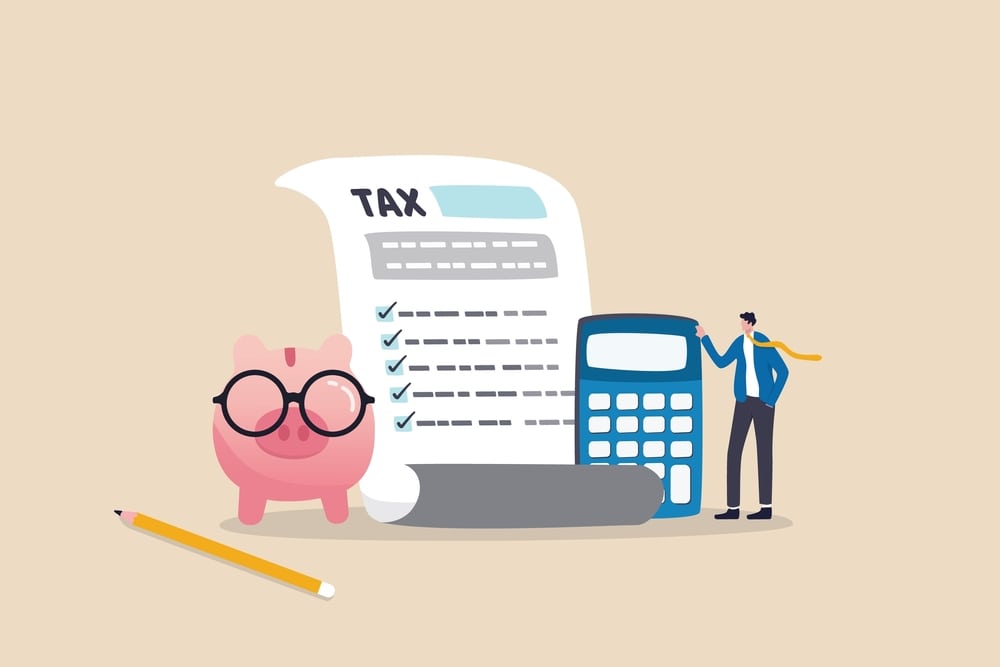In the quest for financial stability and security, the 30 day savings rule stands out as a powerful strategy to curb impulse spending and build a robust savings habit. In this comprehensive guide, we’ll explore how the 30 day savings rule works, its benefits, and practical tips for implementation.
Understanding the 30 Day Savings Rule
The 30 day savings rule is a simple yet effective technique designed to help individuals make more intentional purchasing decisions. The concept is straightforward: before making a non-essential purchase, wait for 30 days.

During this time, carefully consider whether the item is a necessity or a discretionary expense. If after 30 days you still feel the purchase is worthwhile and aligns with your financial goals, proceed with buying it.
How Does the 30 Day Savings Rule Work?
The 30 day savings rule operates on the principle of delayed gratification and mindfulness. By imposing a waiting period before making a purchase, you give yourself ample time to evaluate its necessity and impact on your finances.
This rule helps prevent impulse buying and encourages thoughtful spending decisions, ultimately leading to increased savings and financial well-being.
Benefits of the 30 Day Savings Rule
- Curbs Impulse Spending: Waiting 30 days before making a purchase reduces the likelihood of impulse buying, allowing you to distinguish between wants and needs.
- Promotes Financial Discipline: The rule instills discipline and mindfulness in spending habits, helping individuals prioritize long-term financial goals over immediate desires.
- Builds Savings: By avoiding unnecessary purchases, you can redirect funds towards savings and investment goals, accelerating wealth accumulation and financial independence.
Implementing the 30 Day Savings Rule: Practical Tips
Create a Wishlist:
Maintain a wishlist of items you’re considering purchasing. Whenever you come across something you want, add it to the list instead of buying it immediately.
Set Reminders:
Set reminders or calendar alerts for 30 days after adding an item to your wishlist. This serves as a gentle nudge to reevaluate the purchase decision.
Research and Compare:
Use the waiting period to research the product, read reviews, and compare prices. This allows for informed decision-making and ensures you’re getting the best value for your money.
Track Progress:
Keep track of your progress and the items on your wishlist. Celebrate your successes in resisting impulse purchases and monitor the growth of your savings over time.
Related articles:
FAQs About the 30 Day Savings Rule
Can I make exceptions to the 30 day waiting period?
While the goal is to adhere to the 30-day waiting period for most non-essential purchases, certain circumstances may warrant exceptions. Emergencies or time-sensitive opportunities may require immediate action. Use discretion and judgment to determine when exceptions are appropriate.
What if I still want to make the purchase after 30 days?
If after 30 days you still desire the item and it fits within your budget, go ahead and make the purchase. The key is to ensure that the decision is deliberate and aligns with your financial priorities.
Conclusion
Incorporating the 30 day savings rule into your financial routine can be a game-changer, empowering you to take control of your spending habits and prioritize long-term financial success. By exercising patience, mindfulness, and discipline, you can unlock a world of financial freedom and abundance, one conscious decision at a time.
















